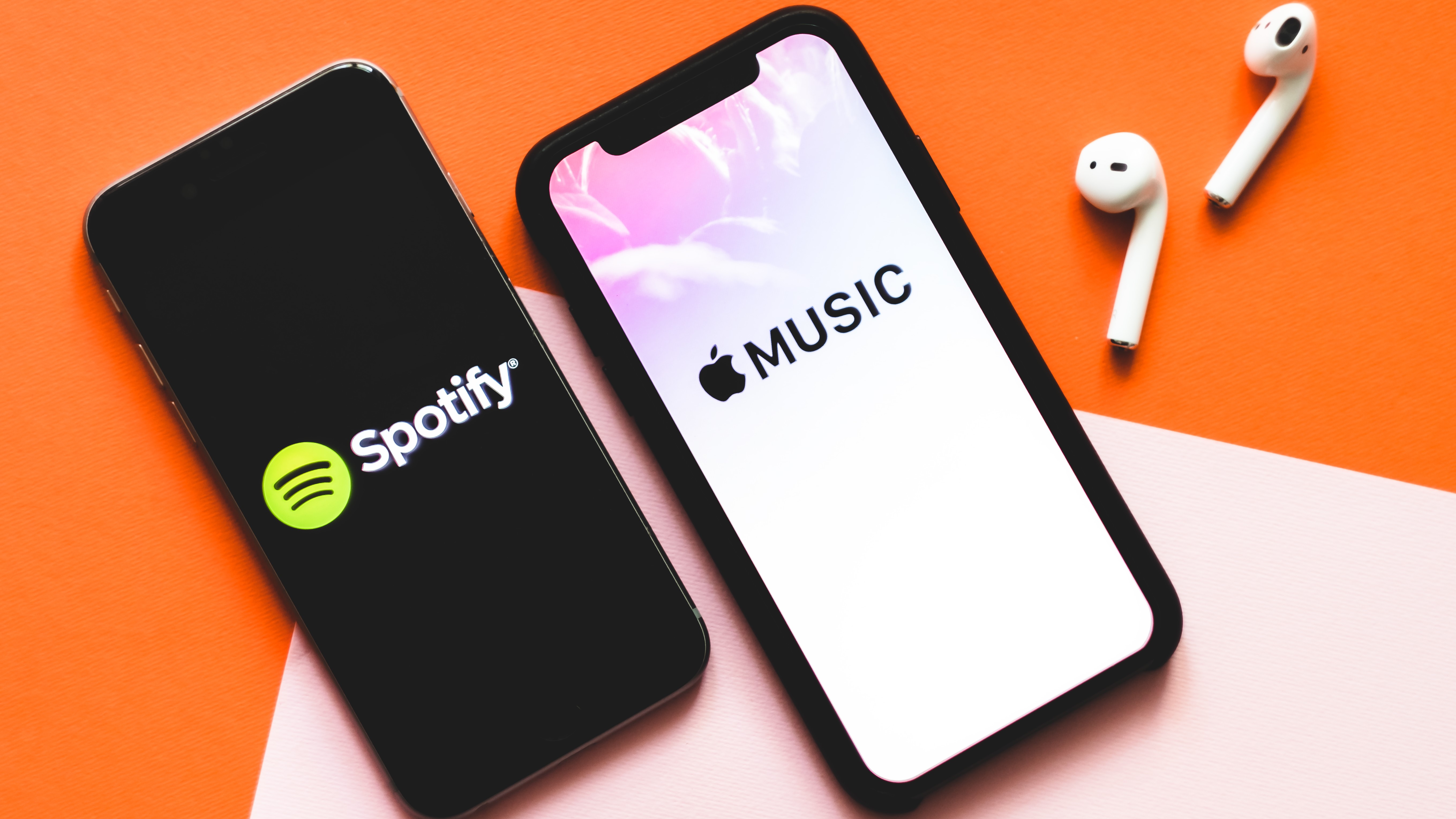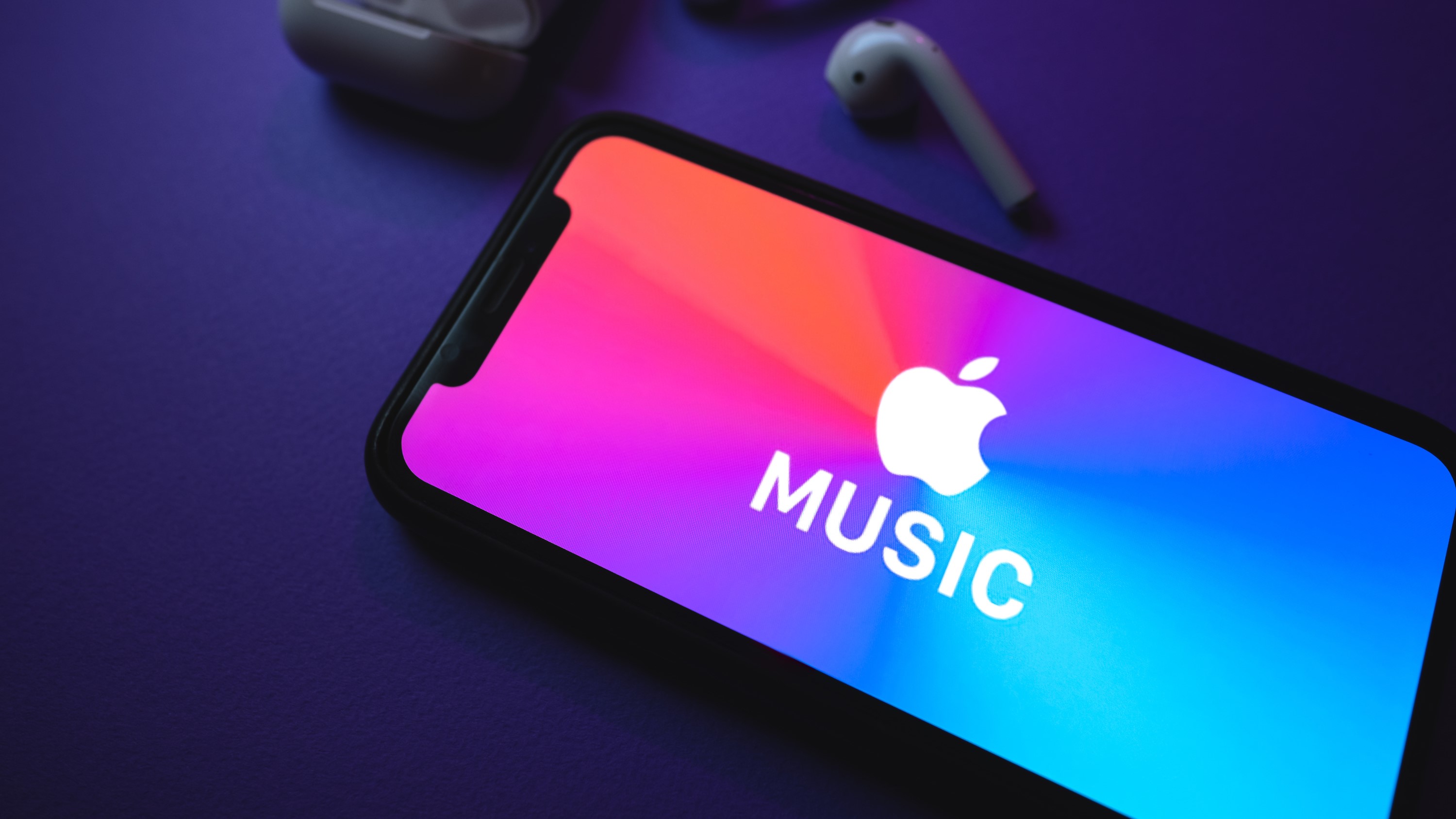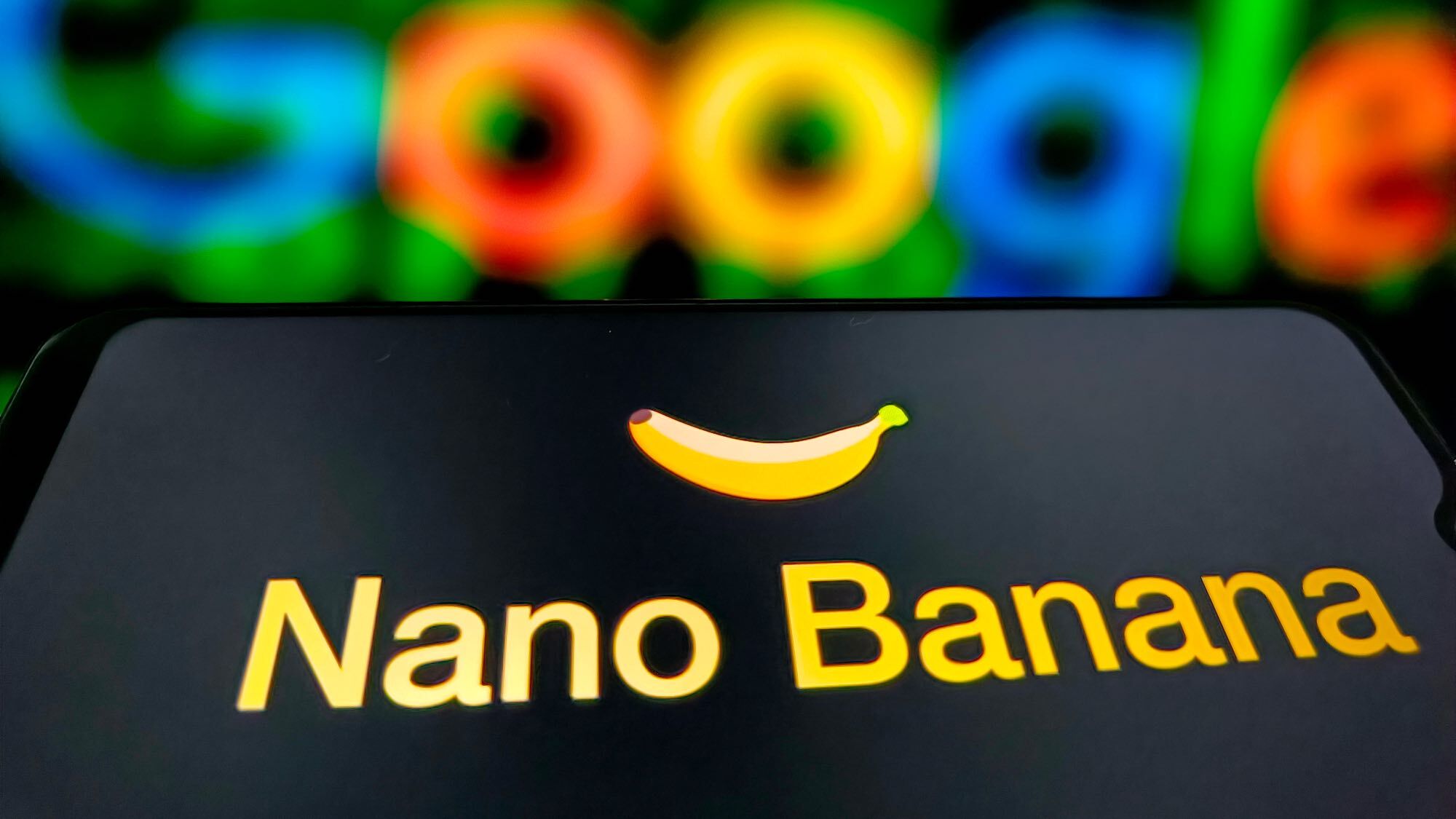Apple Music is becoming too good to pass up — here’s why Spotify should worry
Huge new features could make Apple Music the best music streaming service

It’s only been a few days since Apple announced that Apple Music will get lossless streaming, Hi-Res Audio and spatial audio support for no extra charge, and already it has the potentially be one of the most interesting tech stories of the year. Not simply for issues of AirPods lossless compatibility, but for how it has seemingly got even streaming giants like Amazon and Spotify acting scared.
Apple Music’s big updates may be similar to features you can get elsewhere, but with the loosening of certain Apple-only restrictions and a savvy decision on pricing, the features have a good chance of making this the new music streaming service to beat.
- Spotify Free vs. Premium: Is it worth upgrading?
- Check out the best Apple AirPods alternatives
- Plus: Spotify is getting a killer upgrade for Wear OS smartwatches — here's how
So here’s why I think Apple Music could get ahead of other audio streaming services, and why its rivals may struggle to keep up.
Spatial audio for all
When Apple Music launches these new features in June, it will mark a significant (and arguably overdue) opening-up of Apple’s spatial audio tech.
Currently, spatial audio — which piggybacks off Dolby Atmos mastering to present 360-degree surround sound even through earbuds — is only usable with very specific hardware combinations. You basically need either the AirPods Pro or AirPods Max, along with a recent Apple-made source device, and even then it only works with Atmos-enabled video content.
When spatial audio comes to Apple Music, users will finally get to use it with songs as well, and unusually for Apple, the walled garden will open: any headphones will work, in theory. You won’t need to splash out on Apple’s most premium models.

Now, this won’t be the same spatial audio that accompanies Atmos video content. A key component of the latter is head-tracking, so that the origin points of different sounds remain consistent regardless of where you’re looking relative to the screen. This in turn requires built-in sensors on the AirPods Pro and AirPods Max, which you’re unlikely to get on other pairs of headphones. As such, the requirement of these sensors will vanish, but so too will the head-tracking.
Get instant access to breaking news, the hottest reviews, great deals and helpful tips.
To put it another way, spatial audio on Apple Music will likely just act like standard Dolby Atmos music: you’ll still get a 3D effect, with different vocal parts, instruments and effects playing around you in a virtual sphere, but they won’t seem to stay in place if you move your head.
Even so, this is a huge upgrade. It simultaneously brings Apple Music to parity with audiophile-oriented services like Tidal and Deezer, which include 360-degree music using Sony’s 360 Reality Audio format, and adds a key advantage over Spotify, which doesn’t offer any 3D/360-degree formats at all.
In fact, Apple Music will arguably offer a better deal than Tidal and Deezer as well, as these limit 360 Reality Audio content to their respective premium subscription tiers. Apple Music is adding spatial audio to its standard subscription service, making it available to far more potential newcomers.
Lossless without barriers — mostly
All Apple Music subscribers will also get multiple lossless streaming options, starting with "CD quality" 16-bit/44.1kHz option and stretching up to 24-bit/192kHz — that’s true Hi-Res Audio.
You'll need an external DAC for the latter. But again, this level of quality is something you’d normally only get from higher-end streaming services (Amazon Music HD also supplies 24-bit/192kHz tracks). I thought Spotify had beaten Apple to high-fidelity streaming when it announced Spotify HiFi back in February. But the service itself is still yet to launch; if it doesn’t do so before June, Apple may well have turned the tables.

What’s more, Spotify hasn’t exactly been clear on the quality level of its HiFi service. The original announcement promised “CD-quality lossless” audio but that could only put it at 16-bit/44.1kHz, the lowest of Apple Music’s lossless streaming options.
Yes, it is weird that Apple hasn’t yet found a way to make its own lossless streaming compatible with the AirPods range, though most Bluetooth headphones can’t handle true lossless formats either. It’s mainly the AirPods Max’s lack of compatibility in wired mode that grates.
But you wouldn’t be able to use it for Hi-Res tracks from Tidal, Deezer or Amazon Music HD either, let alone the missing Spotify HiFi. Apple Music can still bring higher-quality music to more listeners than ever before, again by virtue of it being a standard feature that requires no additional subscription fees.
High-end features for less
Futuresource analyst Alexandre Jornod has suggested Apple making lossless audio an essential freebie marks “a turning point in the advent of lossless streaming by making it the new norm, especially as other services are expected to also offer lossless as standard to their subscribers.”
Sure enough, mere hours before Apple made its Apple Music announcement, Amazon revealed that Amazon Music HD’s higher-quality tracks would become available to subscribers of the cheaper Amazon Music Unlimited tier.

This has more than a whiff of being a defensive move against Apple Music, which was actually rumored to add a separate Apple Music Hi-Fi subscription instead of just making lossless and Hi-Res tracks available to its existing customers. And while Amazon Music is no more expensive, come June Apple Music looks likely to have the best balance of premium features and affordable pricing on the market.
Remember that an individual subscription to Apple Music is $9.99 per month. That’s half the price of Tidal’s HiFi plan, a requisite for lossless streaming, while Deezer’s equivalent tier is $14.99 per month.
Spotify HiFi pricing, like almost everything else about it, is unknown. The monthly cost of a standard Spotify subscription is $9.99, so Spotify could get pressured by Apple and Amazon into folding the HiFi tier into this current Premium plan to keep pricing level; more likely, though, is that Spotify HiFi will cost more, perhaps around the $13-$15 mark. Spotify also recently raised its Premium tier pricing in the U.K., and the U.S. could feasibly follow suit.
Even if Spotify has a change of heart and aims to make its lossless features more affordable, Apple Music will still have the advantage of spatial audio support, and potentially even higher-quality Hi-Res Audio playback. Spotify may have vast enough of a userbase that one resurgent rival isn’t exactly an existential threat. But from a consumer’s perspective, it makes sense to look for the service that provides the most features at the lowest price. As it stands, Apple Music is about to fit that description.
- More: We've tested the best Bluetooth speakers

James is currently Hardware Editor at Rock Paper Shotgun, but before that was Audio Editor at Tom’s Guide, where he covered headphones, speakers, soundbars and anything else that intentionally makes noise. A PC enthusiast, he also wrote computing and gaming news for TG, usually relating to how hard it is to find graphics card stock.
